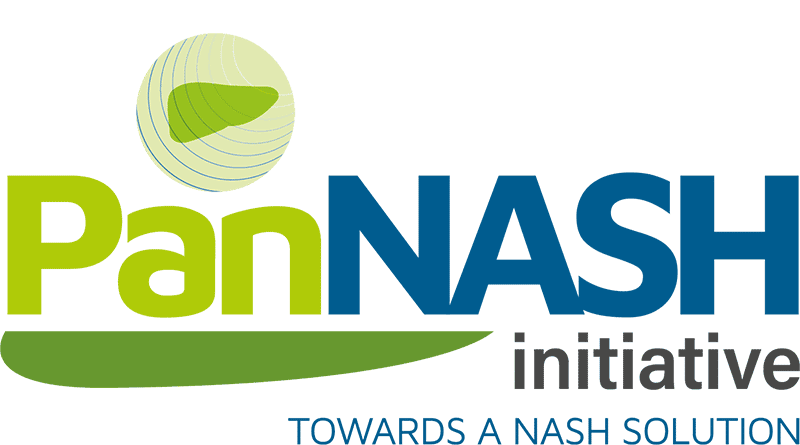Weight gain and risk of NAFLD: the Nurses’ Health Study II cohort
besity has been identified as a major risk factor for the development of Non-alcoholic fatty liver disease (NAFLD). However, the influence of dynamic changes in adiposity over the life course on NAFLD risk remains poorly understood. MN Kim et al. collected data from 110,054 women enrolled in the Nurses’ Health Study II cohort. They documented...

